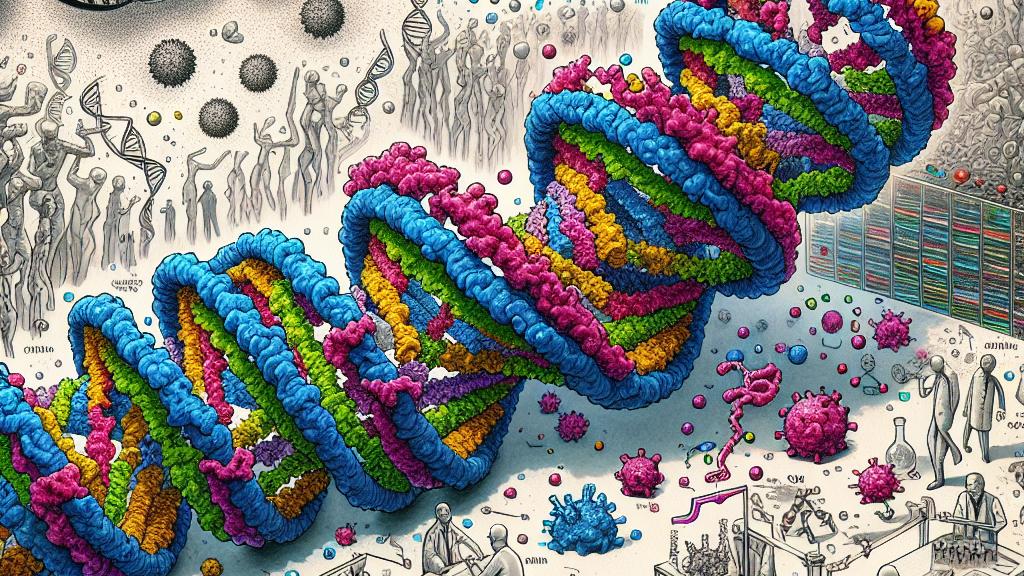Exploring the World of Reverse-Transcriptase Viruses
Overview
- Unravel the fascinating role of reverse transcriptase in the lifecycle of viruses.
- Dive into the astounding diversity of reverse-transcriptase viruses and their evolutionary significance.
- Discover the implications for human health and the exciting biotechnological innovations driven by these viruses.

The Crucial Role of Reverse Transcriptase
Reverse transcriptase (RT) is more than just an enzyme; it's a vital tool in the toolkit of many viruses, allowing them to thrive against odds. Think of viruses like HIV and hepatitis B: without RT, they couldn't convert their delicate RNA genomes into DNA, a critical step for infection and replication. This transformation allows the virus to blend into the host's DNA, evading our immune defenses like a skilled magician. By studying this incredible process, researchers unlock secrets that could lead to groundbreaking treatments and vaccines. It's like solving an intricate mystery that helps us fight back against these malicious invaders!
A World of Diversity in Reverse-Transcriptase Viruses
The sheer diversity of reverse-transcriptase viruses is truly mind-boggling. Recent investigations have unveiled an astonishing 76,000 distinct viral sequences extracted from diverse environments—ranging from the saline depths of oceans to the microcosmic realms of the human gut. This diversity serves as the engine of evolution, particularly evident in bacteriophages, which relentlessly adapt and evolve to outsmart bacteria. Imagine a game of chess where each move must outwit a clever opponent—these viruses continuously refine their strategies, resulting in unique adaptations that shape entire ecosystems. Such vibrant interactions showcase the essential roles these viruses play, emphasizing their significance in our understanding of microbial life.
Human Health: A Double-Edged Sword
In the realm of human health, reverse-transcriptase viruses reveal themselves as both formidable foes and unexpected allies. These viruses inhabit our guts and contribute to a healthy microbiome, playing an essential role in digestion and nutrient absorption. For instance, specific bacteriophages hunt down harmful bacteria, helping to stave off infections and balance our gut flora. This dynamic illustrates that not all viruses are purely harmful; indeed, some can be advantageous, highlighting the complex relationship between humans and these microscopic entities. Understanding this interaction could pave the way for innovative therapies that utilize the beneficial aspects of these viruses, turning the tide in medical treatments.
Biotechnology: Transforming the Future
The impact of reverse transcriptase on biotechnology is nothing short of revolutionary. Scientists cleverly harness this enzyme for various applications, one of the most notable being the polymerase chain reaction (PCR). This technique, pivotal for diagnosing infectious diseases and understanding genetic disorders, exemplifies the power of RT in advancing medical science. For instance, during the COVID-19 pandemic, RT-enabled tests became essential tools for rapid detection, saving countless lives. Moreover, as researchers delve deeper, they unveil potential uses in gene editing and synthetic biology, ushering in an era of possibilities where diseases may be treated at their genetic roots. Therefore, the role of reverse transcriptase extends far beyond virology and into the heart of future medical breakthroughs!

Loading...